Support Cards are the game's way of allowing the players to transform the state of the board. There is always going to be an element of RNG when drawing cards in Cattenburg - which is part of its charm. However, it can also feel frustrating when RNGesus isn't on your side and you draw cards that dictate the fate of the game. To help give the player some control in times like these, we introduced support cards. Support cards that do not cost Action Points and can be played on top of already revealed slot cards. The catch: there's often some element of RNG to these cards and they are limited in numbers.
The initial implementation
Support cards were a feature in the original game jam version of Cattenburg. The way they worked were as follows:
At the start of each turn, a party is dealt a support card
This happened on every turn other than the very first turn, as we wanted the party that went second to have some form of benefit
The type of support cards drawn were completely random
Each turn, the party would receive an additional card - up to a maximum of 3 cards
When a party held 3 support cards, they would not be dealt an additional support card
The only way to make room for additional cards was to use one of your existing support cards
The idea behind having 3 support cards was such that the player had a variety of cards to choose from. It also allowed a player to pool cards: to not use the support card as soon as they received them, so that they could have more choices when they really needed to impact the state of play. A party can play any number of support cards within a turn too, which meant you could use 3 if desired.
There were a few downsides to the existing system.
They took up a lot of space on the board
They were completely randomised which you would get
Players may stop receiving new support cards if they weren't using their existing ones
We wanted to address these issues, along with incorporate the deck building concept into the support card logic.
The new implementation
There are some elements of the new support card logic that has not been decided upon, however - the general changes we've made is as follows:
A party has a deck of support cards.
Support cards will now be acquired in various ways, such as a reward for winning a combat encounter
When a support card is played, it is consumed and removed from your support card deck permanently
You can choose to recycle your support cards
Recycling is a way to discard your current selection of support cards without losing them permanently
Support cards are still dealt to the player each turn. A player will have a set amount of "recycle charges" they can play, which will discard their current support cards and draw new support cards in their place. A party can choose to replenish their "recycle charges" once per turn also by spending an action point. This essentially gives players the ability to cycle through their support card deck, whilst still placing some restrictions on how that is done - and allowing elements of chance to play a part in the drawing of support cards.
The main are we are unsure about at the moment is whether a party has 3 or just 1 support card available to choose from at a given point.
3 Support Card example
Like the initial implementation, cards are drawn one by one at the start of the player's turn. If not used, the support cards remain in your drawn support card "hand". When a player has 3 support cards, they will no longer be dealt a new support card at the start of their turn.
A party will have 1 recycle charge that they can use. That will discard the three support cards and replace it with 3 new support cards from their support card deck. If a player only has 2 support cards, they will only receive 2 new support cards. If they only have 1 support card, they will just get a single new support card when recycling. Discarded support cards are not lost, they will eventually be shuffled back into the support card deck. Once the player has used their turn's recycle charge, they will have the choice to buy an additional recycle charge for 1AP.
Example play:
Player current has 2 support cards (A and B). Their turn starts, they get given their third support card (C). The player chooses to recycle their support cards, so card A, B and C get put into the discard pile. As 3 cards were discarded, 3 new support cards are drawn, so the player gets support card D, E and F. The player chooses to use card E to transform a card on the board. The transformed card isn't what they hoped for, so they decide to spend 1AP to earn back a recycle charge. The player recycles their support cards again. This means the remaining support cards D and F are recycled, and replaced by support card G and because there are no more support cards in the support deck, the discard pile is shuffled and drawn from - the player draws support card B. The player ends up using support card G. At the end of their turn they just have support card B remaining. This will remain and be available to the player next turn.
1 Support Card example
This option will address the issue of support cards requiring a lot of board space, as well as adding an interesting gamble mechanic to drawing support cards. A party will only have space for support card in their support card "hand" at any one time. A party will have 3 recycle charges they can use per turn. When using the recycle charge, it will discard their 1 support card and replace it with a new support card from their support card deck. This can be repeated until all 3 charges have been used. If a player wishes, they can spend 1 AP to replenish their recycle charges - meaning they would gain another 3 recycle charges.
Essentially, the amount of cards available to the player is the same as the 3 support card example. The difference here is that you can only play one support card per turn, and need to make a decision on whether you want to use a support card or risk drawing for a potentially better support card.
Example play:
Player currently has 1 support card (A). At the start of their turn, they do not draw a support card as they already have one. During the turn, the player decides they want to try and find their "Undo" support card. They recycle A, and get card B. Card B is not Undo, but is a desirable support card. The player must then choose do they want to use the desirable support card B, or keep looking for the undo card. They decide to keep looking and recycle card B to get card C. This decision means they know they will not be able to use card B now as a backup option. Card C was not what they wanted too, so they decide to spend 1 AP to replenish their recycle charges. They use another recycle to discard C and draw card D. They discard D and draw E. They have another recycle available, but decide to use support card E. Now they have 0 support cards, and therefore cannot use their remaining recycle charge. Recycling doesn't draw when you're on 0 support cards.
Conclusion
For now, we are going to try the 1 support card approach. We will need to decide on how we present this to the player too - whether we use a UI button or whether we create a physical "deck" that sits on the board that players click to draw from. However, it will be important for us to get some hands-on feedback before we invest time on user interface decisions!
We still hope to get a testable build done by Christmas. This will be accessible to those on our discord server 💕

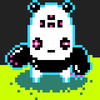


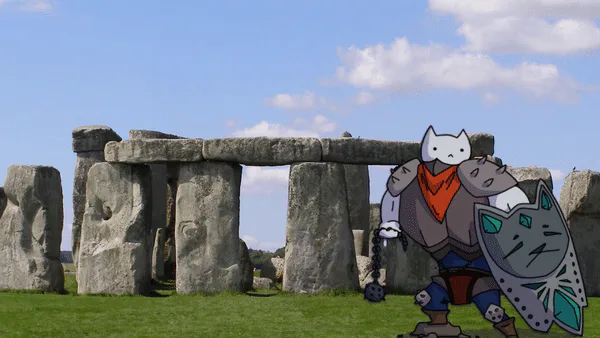
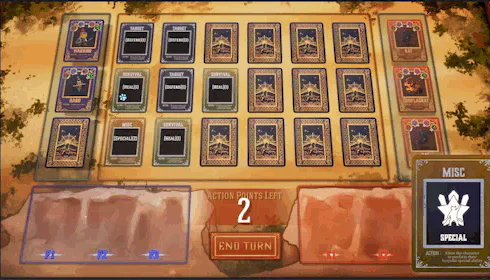
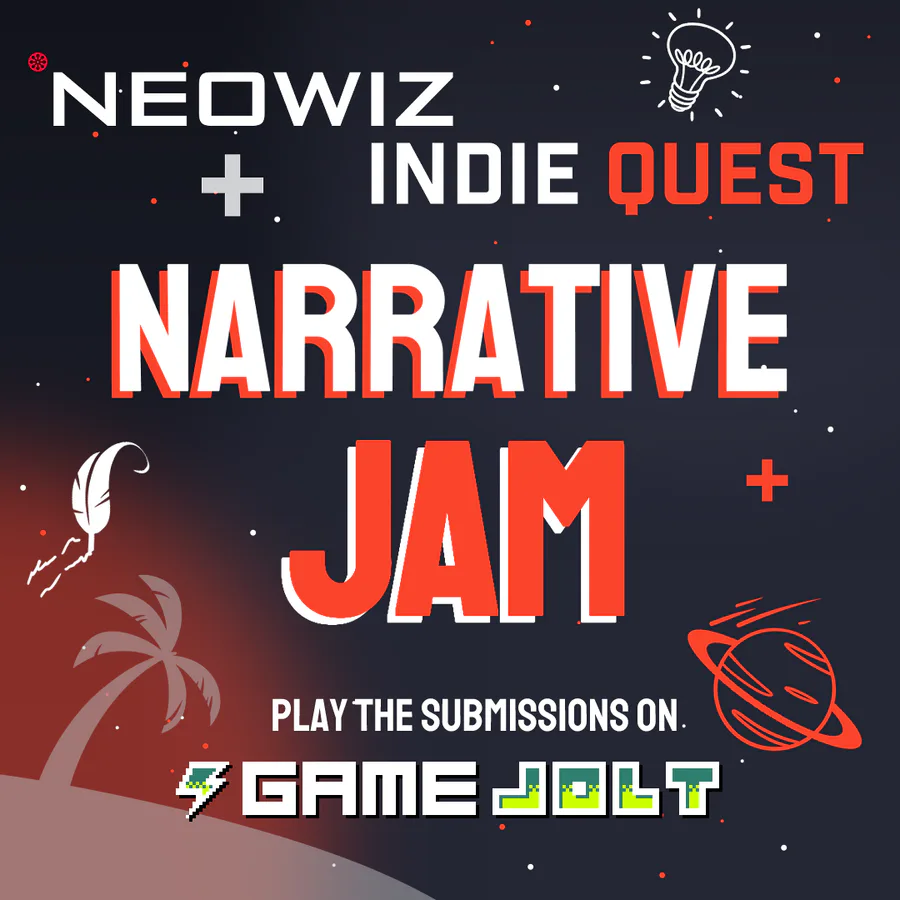
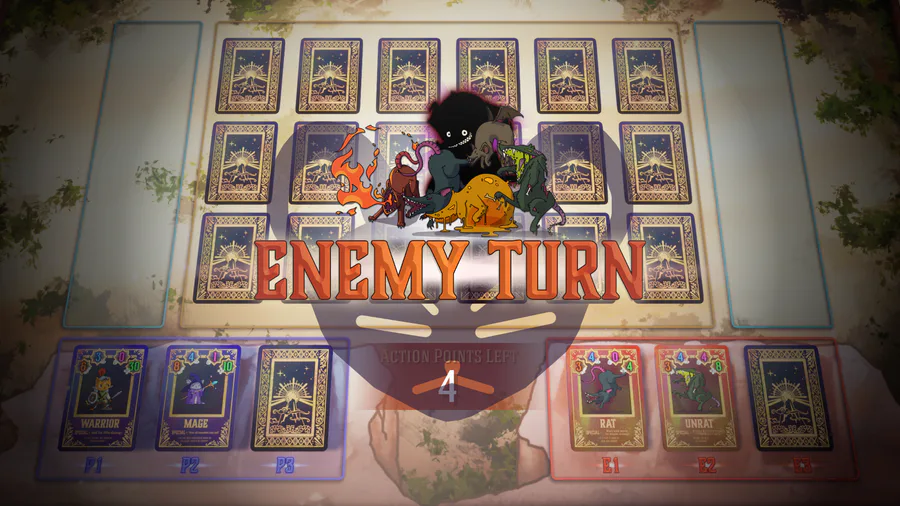
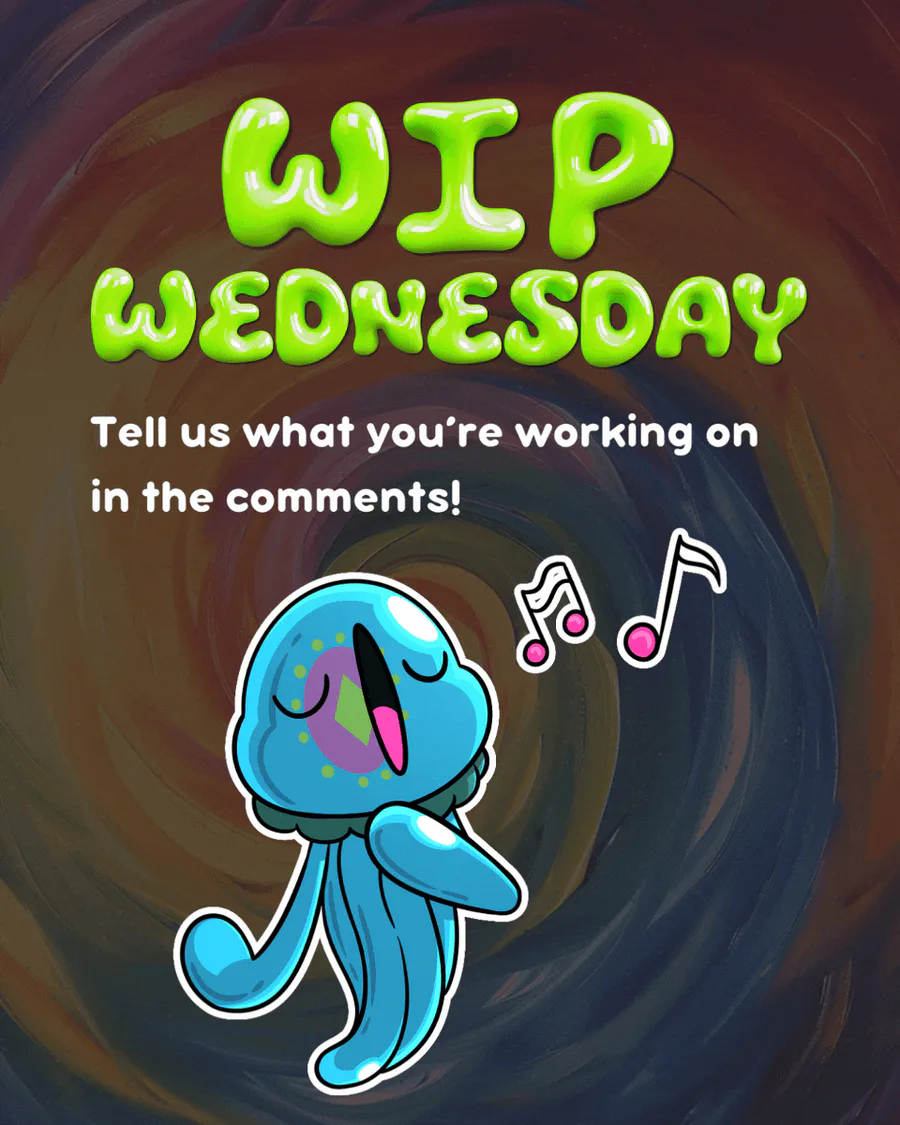
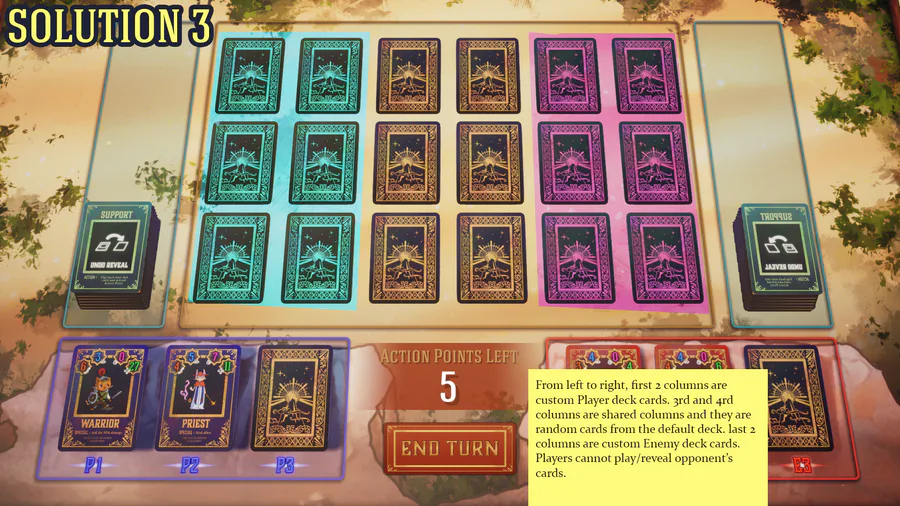
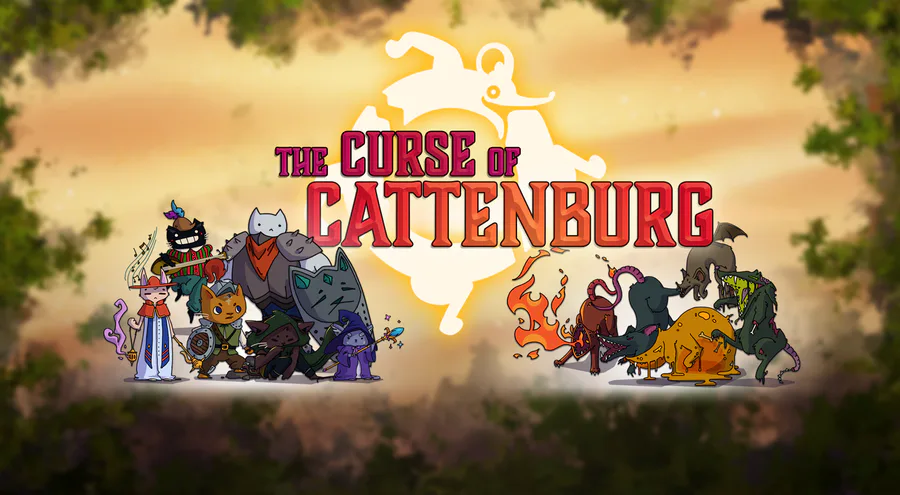
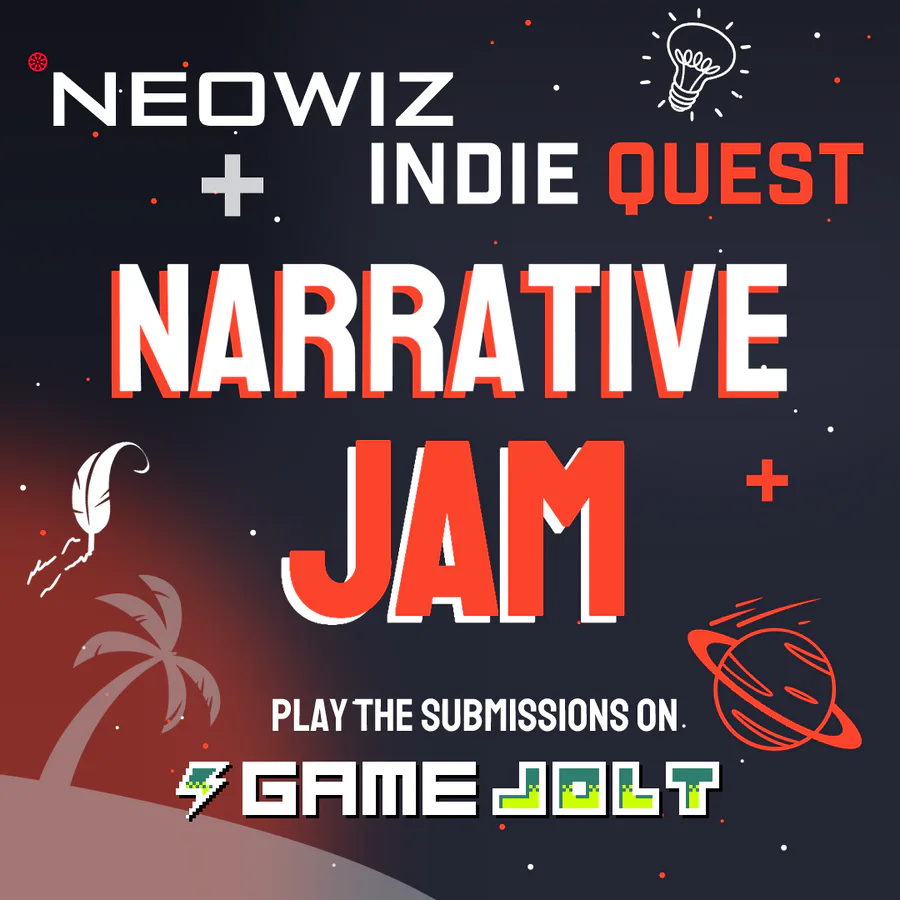

1 comment